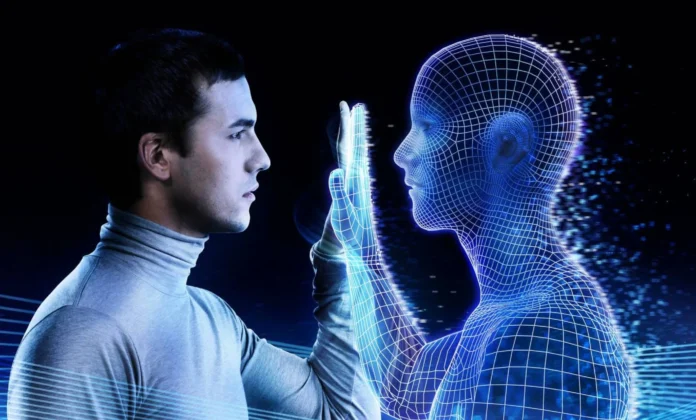The Synthetic Memories Project: Creating Images from Personal Memories
In a groundbreaking study conducted as part of the Synthetic Memories Project, researchers have developed a remarkable technology that allows for the creation of images from people’s memories. This cutting-edge innovation combines the power of artificial intelligence with the intricacies of human recollection, opening up a whole new realm of possibilities.
Introducing the New Artificial Intelligence
The Synthetic Memories Project has given birth to a new form of artificial intelligence that has captured the attention and curiosity of many. This AI system has the ability to delve into the depths of your mind and extract memories, transforming them into vivid visual representations.
Imagine being able to relive cherished moments from your past with unprecedented clarity. The new AI technology can take fragments of your memories and reconstruct them into detailed images, bringing back forgotten faces, places, and experiences that were once thought to be lost in the recesses of your mind.
The Fascination and Controversy Surrounding the Synthetic Memories Project
The Synthetic Memories Project has sparked both fascination and controversy among the public. For some, the idea of being able to visually revisit cherished memories is incredibly appealing. It offers the opportunity to reconnect with loved ones who have passed away, relive significant milestones, and even gain a deeper understanding of oneself.
However, there are those who approach this technology with caution and grief. They argue that tampering with memories may lead to unintended consequences. Memories are subjective and can change over time, and the idea of an AI system manipulating them raises ethical concerns. Critics worry that relying on artificially generated images may blur the line between reality and fiction, potentially distorting our perception of the past.
The Process of Creating Images from Memories
The process of creating images from memories is a complex one that involves a combination of cutting-edge technologies. Here’s a simplified breakdown of how it works:
- Data Collection: The AI system collects data from individuals through various means, such as brain scans or detailed interviews. This data serves as the foundation for reconstructing memories.
- Memory Extraction: Using advanced algorithms, the AI system analyzes the collected data to extract specific memories from the individual’s mind. This involves identifying patterns, emotions, and sensory details associated with each memory.
- Image Reconstruction: Once the memories have been extracted, the AI system utilizes a combination of machine learning and image processing techniques to reconstruct visual representations. It fills in the gaps and enhances the details to create a coherent and visually appealing image.
- Verification: The final step involves verifying the accuracy of the generated images. This is done by comparing them with the individual’s recollection and seeking feedback to ensure the fidelity of the reconstructed memories.
It’s important to note that the Synthetic Memories Project is still in its early stages, and there are limitations to what can be achieved. The accuracy of the generated images heavily relies on the quality and reliability of the collected data, as well as the individual’s ability to recall and articulate their memories.
The Potential Applications and Implications
The implications of the Synthetic Memories Project are far-reaching and extend beyond personal nostalgia. This technology could have significant applications in various fields, including therapy, criminal investigations, and historical research.
Therapeutically, the ability to visually revisit traumatic events may aid in the healing process, allowing individuals to confront and process their emotions in a controlled environment. In criminal investigations, reconstructed memories could potentially serve as valuable evidence or aid in identifying suspects. Historians could benefit from the ability to recreate past events with greater accuracy, providing new insights into our shared history.
However, as with any emerging technology, there are ethical considerations that need to be addressed. Privacy concerns, the potential for manipulation, and the impact on personal identity are just a few of the complex issues that need careful examination.
Conclusion
The Synthetic Memories Project represents a remarkable leap forward in the field of artificial intelligence and memory research. The ability to create images from personal memories opens up a world of possibilities, from reliving cherished moments to advancing scientific understanding.
While the technology is not without its controversies and limitations, it has the potential to shape the way we interact with our past and redefine our understanding of memory itself. As the Synthetic Memories Project continues to evolve, it is crucial that we navigate the ethical challenges and ensure that this technology is used responsibly and for the betterment of society.

